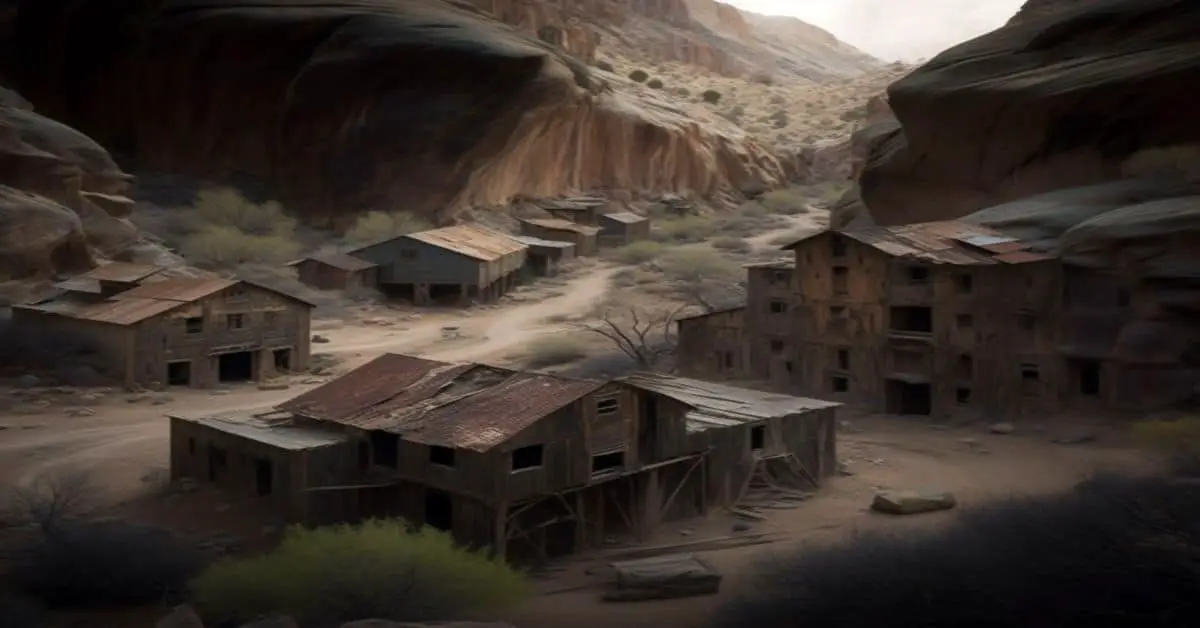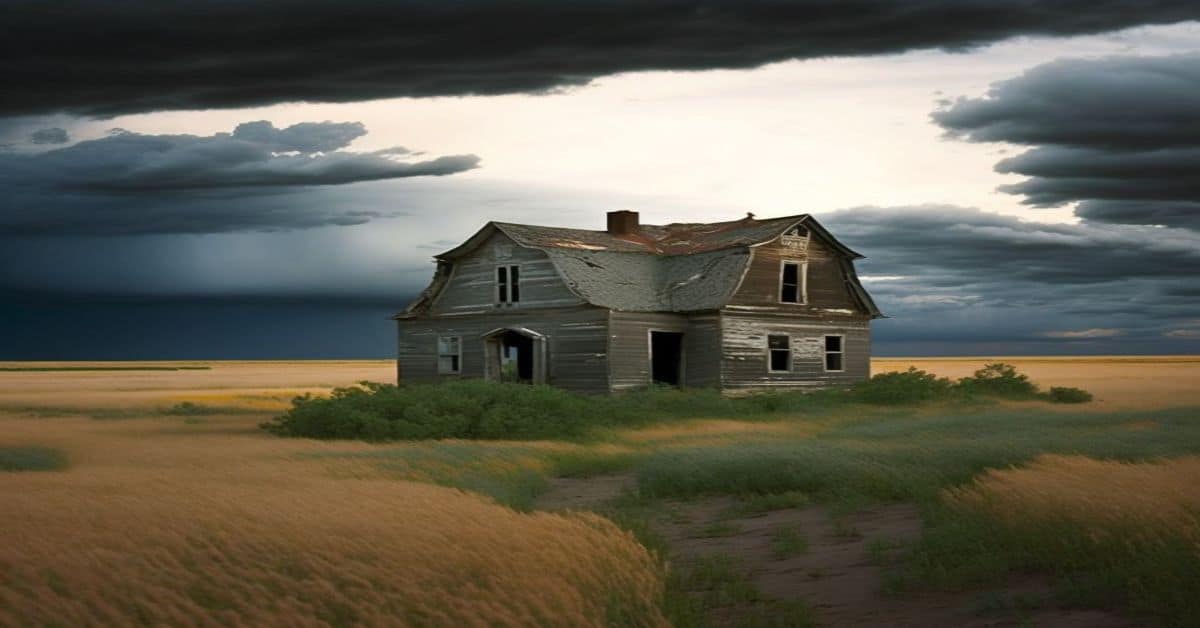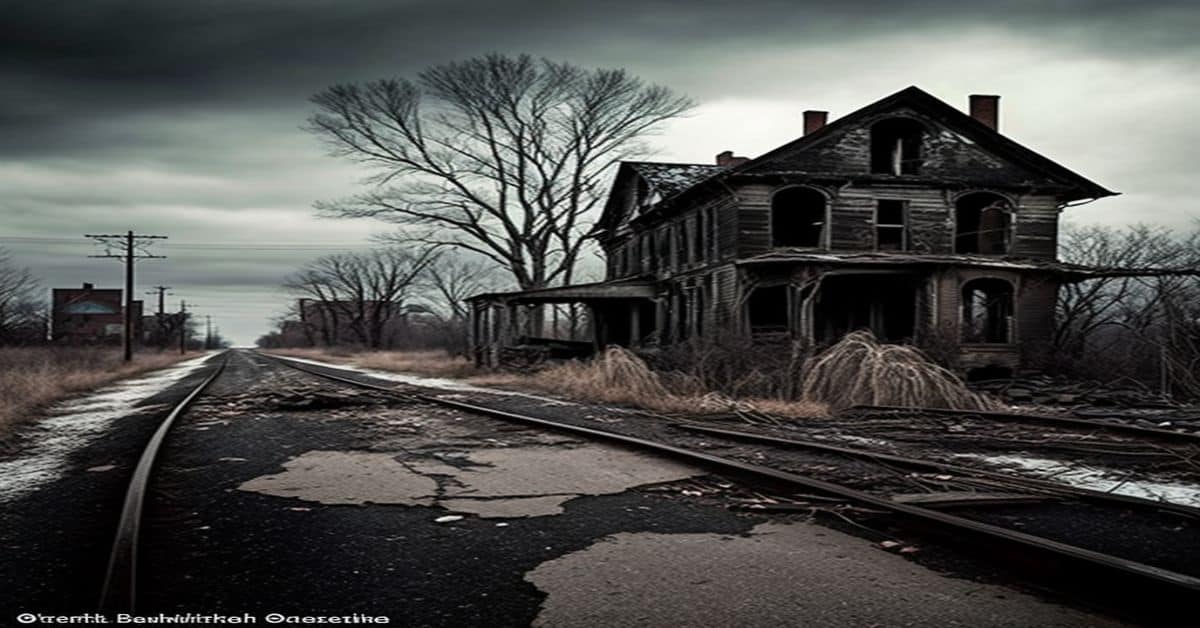New Sweden, Texas is a ghost town with a unique place in the state’s history. Founded in 1877 by Swedish Lutherans, it was named ‘New Sweden Kolonien’ and quickly became a thriving community.
However, after just a few decades, the town was abandoned, leaving behind a rich legacy that fascinates visitors today. Over the years, New Sweden has been the subject of much investigation and research, as historians and archaeologists seek to unravel the mysteries of this forgotten community.
Today, visitors can explore the remains of the town, including the church, old house, and cemetery that still stand as a testament to the town’s past. Through the lenses of these remains and the insights of Betty Raetzsch-Schmidt, who has investigated the town and translated information from Swedish, it is possible to gain a deeper understanding of its history, culture, and legacy.
This article will provide an overview of the town’s location and history, explore the remains and attractions that can still be seen today, and discuss the current status of this unique and fascinating ghost town.
Key Takeaways
- New Sweden, Texas was founded by Swedish Lutherans in 1877 near Austin, Texas and was primarily inhabited by Swedish farmers in the 1870s and 1880s.
- The community became known for preserving Swedish customs and traditions, but was abandoned after a few decades and is now considered a historic landmark rather than a ghost town.
- The town’s remains include a church, old house, and cemetery, with the church still occasionally used for worship services and the old house serving as a museum.
- Betty Raetzsch-Schmidt translated information from Swedish, and the town is recognized for its historical significance as a valuable resource for those interested in the history of Swedish immigrants in Texas. Efforts are underway to ensure continued preservation and potential restoration of the town.
Location and History
New Sweden, a Swedish Lutheran community named in 1877, was located near Austin, Texas and inhabited during the 1870s and 1880s. The town was founded by Swedish immigrants seeking new opportunities in the United States. The settlers were primarily farmers, and they were drawn to the area because of its fertile soil and mild climate.
The town was situated in Travis County, known for its rolling hills and picturesque landscapes.
New Sweden had significant cultural significance for the Swedish immigrants who settled there. The town was a close-knit community where the residents spoke Swedish and observed traditional Swedish customs and traditions. The settlers built a church, schoolhouse, and other community buildings, which were central to their way of life.
The residents of New Sweden were proud of their Swedish heritage and worked hard to preserve their cultural traditions. Today, the remains of the church, old house, and cemetery are still in existence, serving as a testament to the town’s rich cultural history.
“New Sweden dates from 1876 when the community of Knight’s Ranch took its name from the New Sweden Evangelical Lutheran Church. New Sweden has a dignified ring to it and we should all be glad they didn’t choose “Little Sweden” like they have with “Little Mexico,” “Little Havana,” and “Little Saigon.” New Sweden’s population never went higher than 104 souls according to the Handbook of Texas.”
http://www.texasescapes.com/TexasHillCountryTowns/NewSwedenTexas/NewSwedenTx.htm
Remains and Attractions
The remaining structures and landmarks in the area include a church, an old house, and a cemetery. These are the remnants of the Swedish Lutheran community that inhabited New Sweden from 1877 to the 1880s.
Betty Raetzsch-Schmidt, a local investigator, has been exploring the ruins and preserving the historical significance of the town. The church still stands and is occasionally used for worship services. The old house, originally a school, has been restored and now serves as a museum that showcases the town’s history and the Swedish culture. Visitors can also explore the cemetery, which is the final resting place of the early settlers.
The local community recognizes New Sweden’s historical significance and has been documented in the book ‘Swedes in Texas 1838-1918’ by Ernest Severin. The preservation of the remaining structures and landmarks serves as a reminder of the town’s past and the contributions made by the Swedish settlers to the area.
Visitors can gain a deeper understanding of the town’s history and the struggles faced by the early settlers by exploring these landmarks. Although the ghost town status of New Sweden is unclear, the remains and attractions in the area continue to attract visitors interested in the town’s colorful history.
Current Status
Despite the passage of time, the legacy of the Swedish Lutheran community that once inhabited the area near Austin, Texas, endures through the preservation of the remaining structures and landmarks. The church, old house, and cemetery still exist and are maintained by the community. The site is not officially designated as a ghost town, but rather as a historic landmark. Although the ghost town status is unclear, the community is committed to preserving the area’s cultural heritage.
Future preservation of the New Sweden site is crucial to maintaining its significance as a historical landmark. Efforts are underway to ensure the site’s continued preservation and potential restoration. The community has expressed interest in restoring the old house and church, as well as providing additional information about the area’s history.
As interest in the site grows, there is a possibility of increased funding for preservation efforts. With continued dedication from the community, the New Sweden site has the potential to be a valuable resource for those interested in the history of Swedish immigrants in Texas.
Frequently Asked Questions
What was the main reason for the decline and eventual abandonment of New Sweden?
The main reasons for the decline and eventual abandonment of New Sweden were drought, crop failures, and economic difficulties. This impacted nearby towns as residents left the area in search of better opportunities.
How did the Swedish Lutheran community in New Sweden differ from other Swedish communities in Texas at the time?
Swedish Lutheran communities in Texas during the late 19th century faced cultural assimilation, but the community in New Sweden maintained their traditions through their church and social gatherings. For example, they celebrated Midsummer with traditional Swedish dances.
What evidence exists of the daily lives and activities of the former inhabitants of New Sweden?
Evidence of the daily lives and activities of former inhabitants of New Sweden includes artifact discoveries such as pottery sherds, glass fragments, and metal objects, as well as historical documents like census records, land deeds, and church records.
Are there any local legends or ghost stories associated with the abandoned town?
There are no documented local hauntings or supernatural sightings associated with the abandoned town of New Sweden. However, as a ghost town, it is not uncommon for such legends to develop over time.
Has any archaeological research been conducted on the site, and if so, what has been discovered?
Excavations conducted at the New Sweden site have revealed artifacts such as pottery and glassware, providing insight into the daily lives of the Swedish settlers. Preservation efforts are ongoing to protect the remaining structures and cemetery. Possible discussion ideas include further excavation findings and future preservation plans.


